Does Breastfeeding Cause Postpartum Hair Loss?
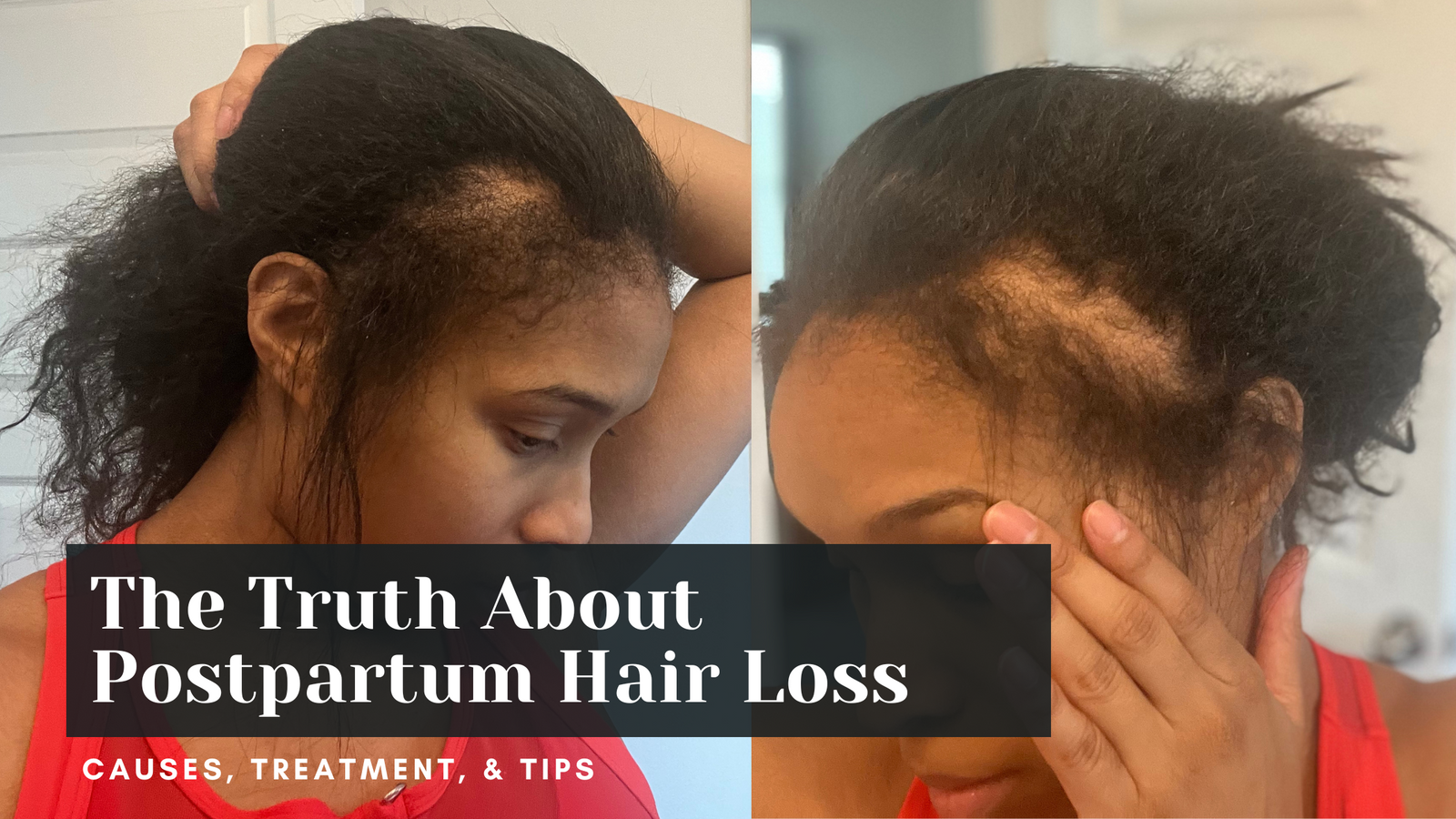
In this Article:
- What Is Postpartum Hair Loss and What Causes It?
- How Do You Treat Postpartum Hair Loss
- Tips to Strengthen Hair & Promote Growth
What Is Postpartum Hair Loss and What Causes It?
Postpartum hair loss is a common condition that occurs around 2 1/2 to 3 months following child birth and can last up to 6 to 9 months.
What Causes Postpartum Hair Loss?
Postpartum hair loss is caused by the rapid change in hormone levels.
Falling estrogen levels can make the hair shaft feel thinner and/or shed excessively. Some worry that breastfeeding is the cause, and while breastfeeding does contribute to hormone level change, it is not the sole cause of hair loss.
What Deficiency Causes Hair Loss?
Hair loss is a common symptom of low blood iron levels. It is not uncommon for women who have just given birth to experience iron deficiencies. Your body uses up your iron levels while pregnant, bleeding during and after labor puts additional strain on falling iron levels. Also, if you are breastfeeding, you are also at risk for experiencing lower body iron levels.
Iron deficiencies contribute to hair thinning and hair loss after child birth.
How Do You Treat Postpartum Hair Loss?
Though it may seems excessive at first, you should begin to regain fullness by the time your child turns one.
You can treat postpartum hair loss by:
- boosting your iron levels
- continuing to take a multi-vitamin (or your prenatal vitamins)
- drinking lots of water
- Taking biotin (which can be found in hair care products, prenatal or postnatal vitamins.)
- Eating foods such as: egg yolks, nuts, seeds, sweet potatoes, and mushrooms also contain this important B-vitamin.
What Else Can You Do To Help Reduce Hair Loss or Shedding?
Here are 5 best tips to strengthen your hair and promote hair growth:
- Go easy on your hair. Choose low maintenance hairstyles that will prevent or reduce further shedding or breakage. It's best to choose a style with minimal tension and won't cause tangling.
- Wash your hair when necessary. Avoid build up of product in your hair that can cause stress to the hair shaft. When washing use a wide-tooth comb and GENTLY detangle.
- Reduce the use of heat. While growing your hair, retention methods like minimal heat helps.
- Avoid chemicals. Avoiding chemicals like perms, bleaching, hair dye or other strenuous stripping processes can help to strengthen the hair shaft and reduce shedding.
- Seek a Dermatologist. Regular hair loss is about 100 strands a day and postpartum shedding is double that. If you feel your hair shedding is extremely excessive, seek a dermatologist for consultation.
Other Postpartum Care Tips?

1. MUSCLE UP MOMMY® POSTPARTUM COMPRESSION BELT
Postpartum is the most critical time for recovery. Once your uterus shrinks down to comfortably add more support to your core, I recommend Muscle Up Mommy® Postpartum Compression Belt. It helps to support your back and core muscles after childbirth and really helps against the laughing, coughing, and sneezing pains you feel while recovering. Highly recommend!

2. MUSCLE UP MOMMY® FUPAERASER
After your recovery period, the snapback journey begins. Muscle Up Mommy® FupaEraser helps to support workouts and aids in reducing the appearance of belly and back fat. It has been crowned the #1 waist shaper for moms and women. Highly recommend!
Each of these items combined will help support your throughout your most delicate postpartum stage, belly binding to help support your abdominal muscles after child birth and then finally, when you begin waist training to help reduce any unwanted belly and back fat.
Other items that will be essential are breast feeding items such as pumps, storage bags, special nursing bras, and other key items. Those can be found here at www.MuscleUpMommy.com.
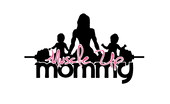

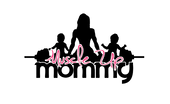

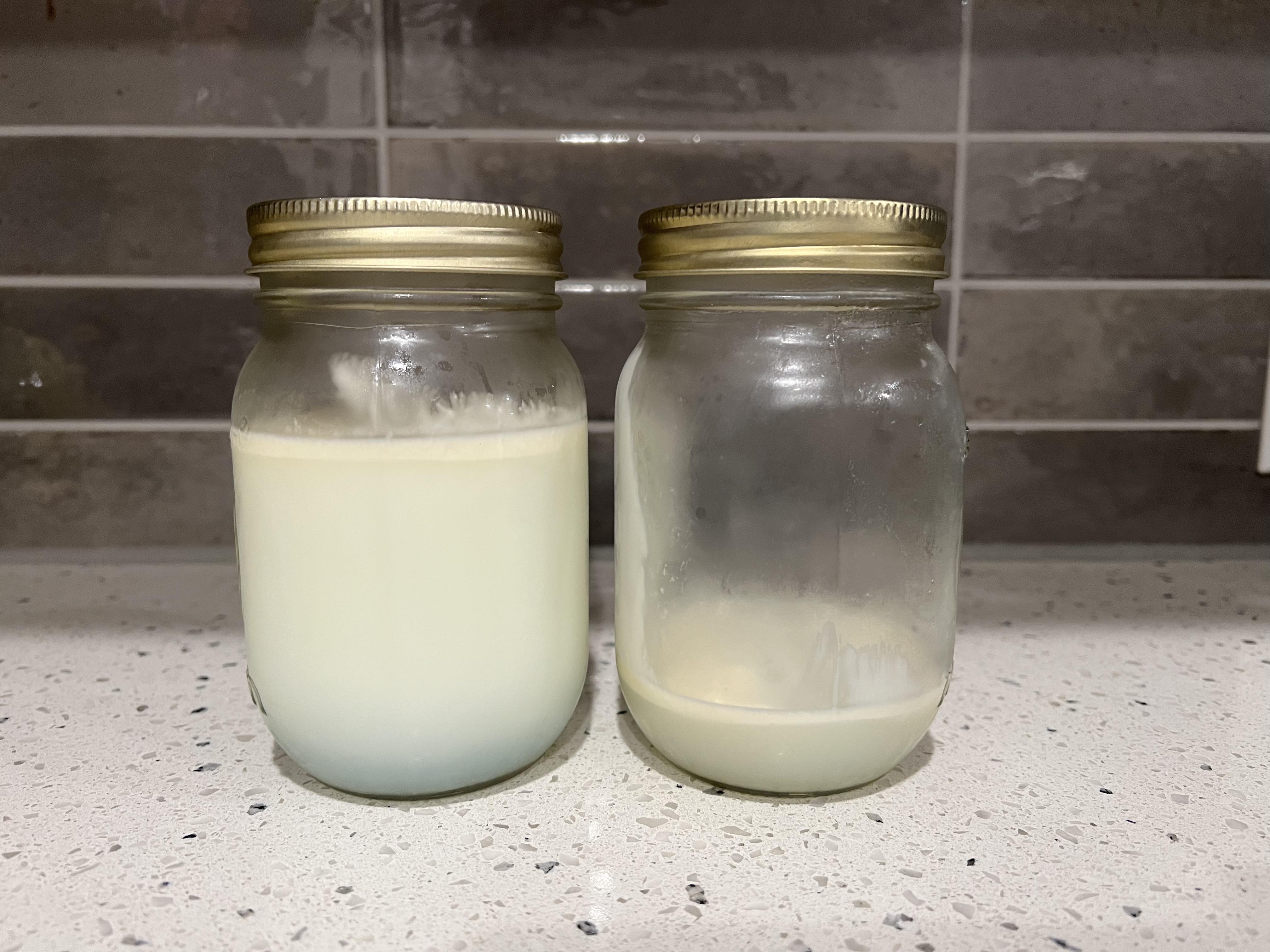
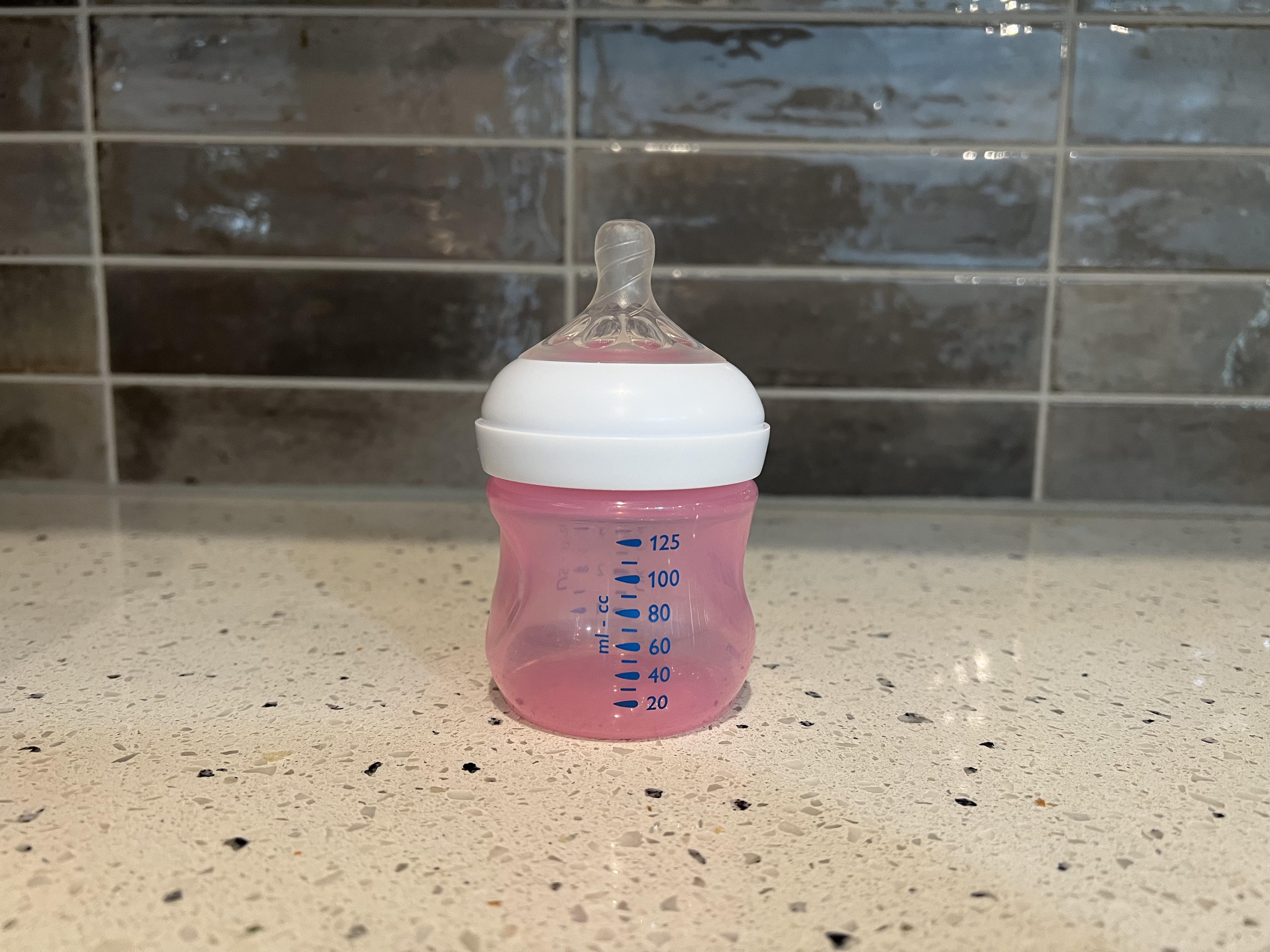
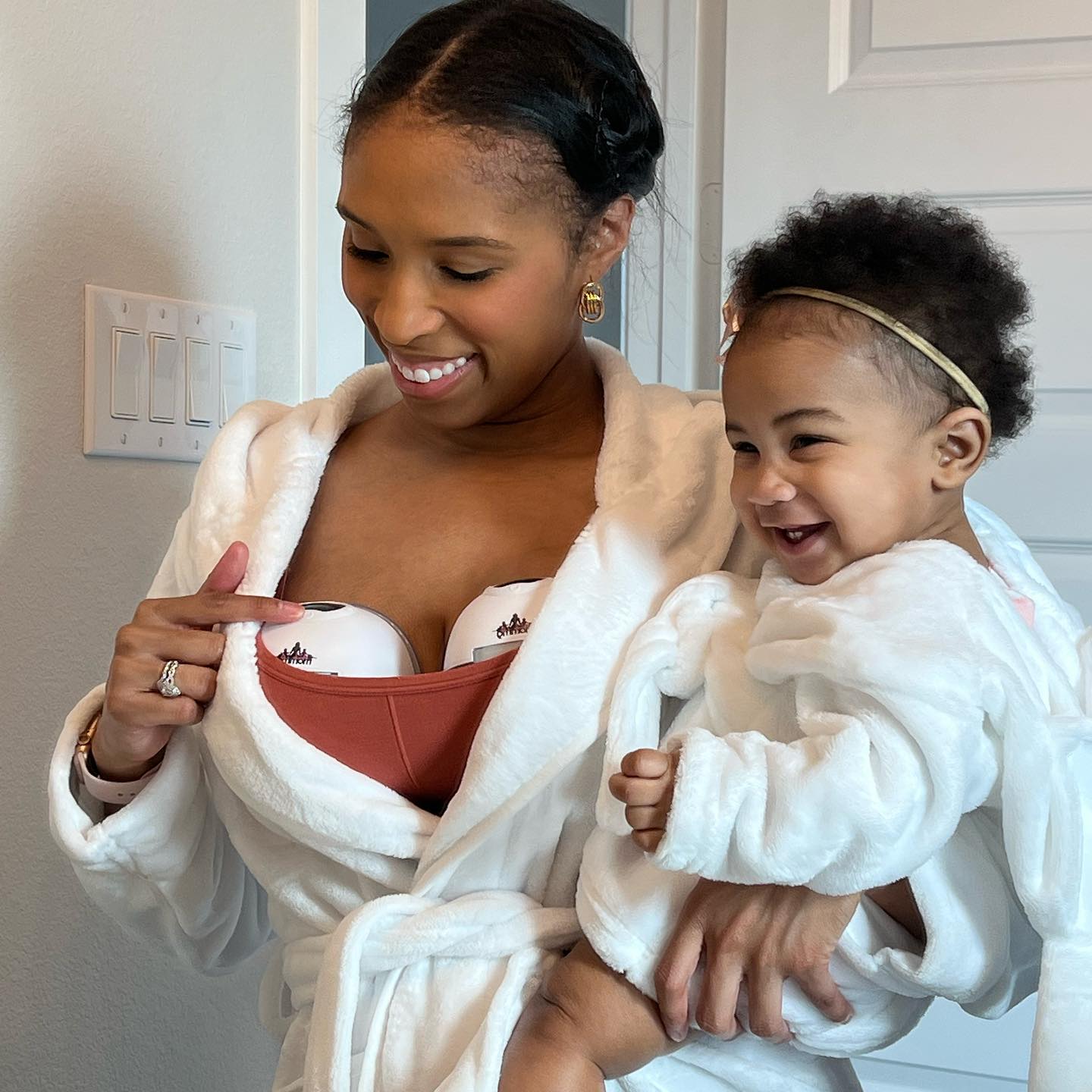
Leave a comment